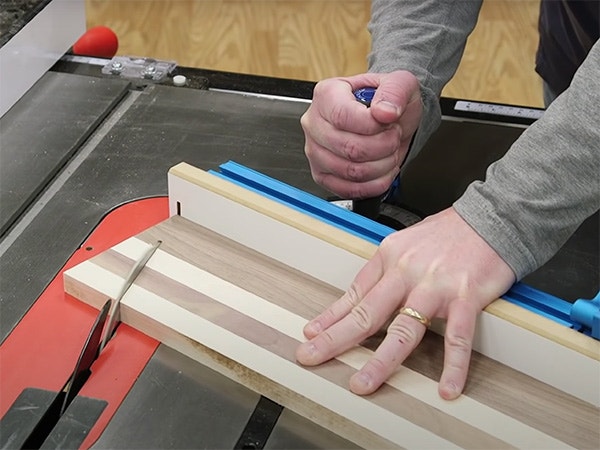Buying an Aftermarket Miter Gauge
An aftermarket miter gauge can make all the difference to a great table saw. So what should you look for?
What's the worst thing that came with your table saw (except the expense)? All together now: "The MITER GAUGE!" It hardly bears mention; by now, everyone must know this. Even professional-class cabinet saws most often come with an inexpensive protractor-style miter gauge that's difficult to set and lacks even basic amenities, like a fence and reliably accurate stops at the most common crosscut angles. And while the reason for this continued deficiency in standard table saw equipment remains a mystery, one thing is clear: An impressive variety of aftermarket miter gauges and sleds has sprung forth to make up the difference.
There might be a little too much variety, as a matter of fact. Most add-on gauges aren't exactly cheap, and without the opportunity to test all of their various features firsthand, making a decision can be fraught with potential for a misstep. Fortunately, a few pros have recently tested the best of the lot.
And there is more to consider in choosing a miter gauge than whether it will cut a decent 45 degree angle. To clarify this, Wood Magazine breaks the worth of a miter gauge down into four "Rs": Reliability, Readability, Repeatability, and Range. In other words, a miter gauge should - first and foremost - cut an accurate angle. Then it should let you do the same thing again later, in exactly the same way as you did the first time, without an undue number of test cuts or having to squint and scratch your head over an angle calibration scale that’s hard to read or interpret. Finally, it should let you do all of that over as wide a range as possible – since in the real world, life doesn't end at 45 degrees.
George Vondriska uses different words to say essentially the same thing. For him, easy operation, accurate pre-set angle stops, and the ability to cut any angle are the important points. He also places a good deal of importance on having a solid fence to support the work and the added convenience of a fence stop, which allows you to easily accomplish the common task of making multiple cuts at exactly the same length. And last, he points out the requirement of having a miter bar that can be adjusted to fit in the miter slot exactly. Without this important feature, even a small amount of slop in the slot-to-gauge fit will render the most sophisticated angle setting system inaccurate.
While most gauges prove accurate once calibrated, some test better in terms of convenience, flexibility and just plain good engineering. For example, experts have lauded the Incra 1000SE for its dead accurate per-set stops at 5 degree increments, and its clearly marked 1/10 degree angle scale for fine tuning odd angled cuts. A good pin locator, miter bar width and convenient adjusting from the top (as apposed to the side or bottom), which would make it quicker and easier to snug up the miter slot fill are other things to look for and consider.
But that's only part of the story. We didn't mention cost, for example. If a $200-plus table saw accessory isn't in the picture, you'll find serviceable alternatives at an easier-to-absorb price in the Incra V120 and Rockler's Precision Miter gauge. But whatever your financial situation, if you're sick of battling with inferior crosscutting equipment, we encourage you to seek out a quality alternative.
Keep the inspiration coming!
Subscribe to our newsletter for more woodworking tips and tricks




